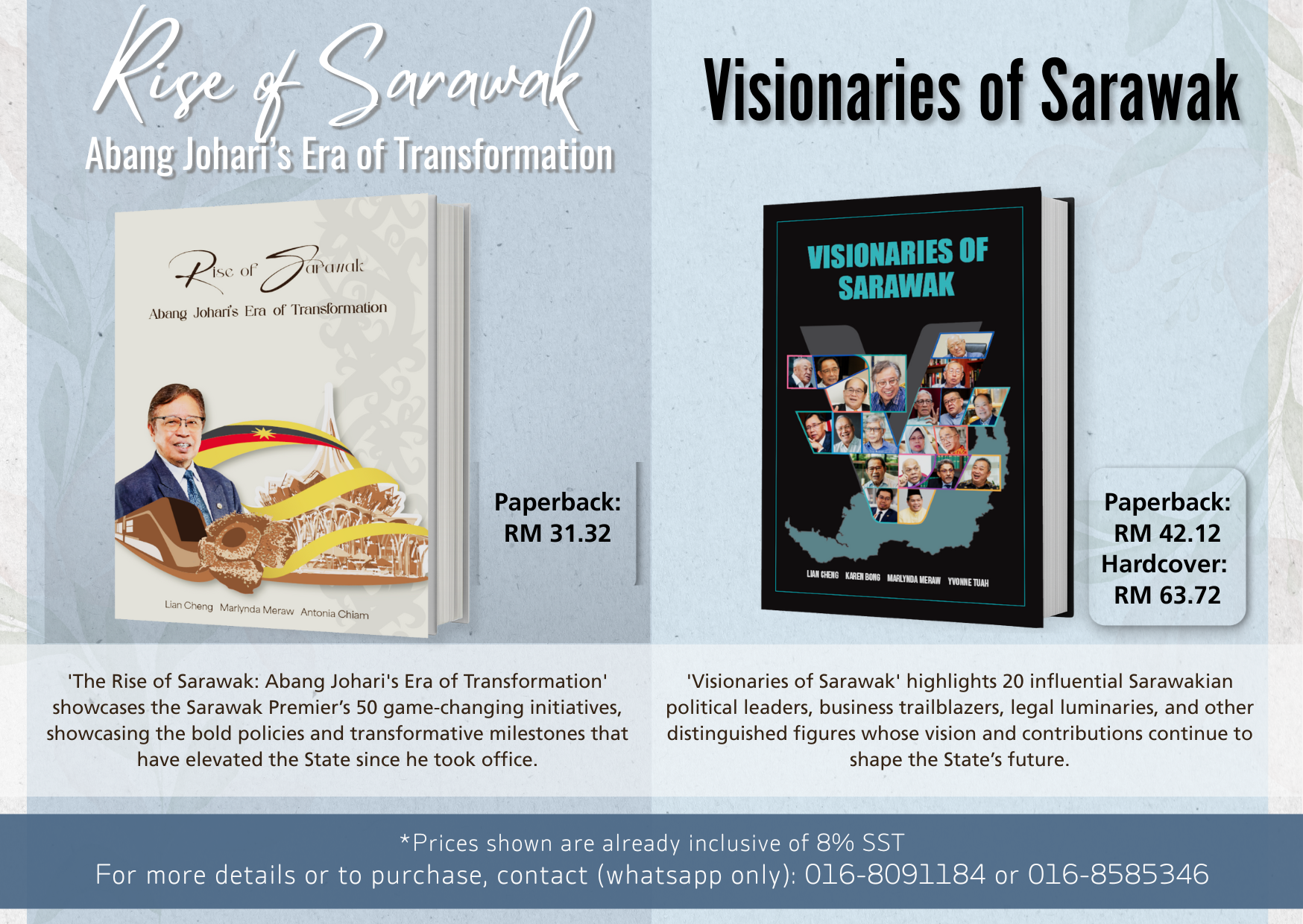
KUCHING, Sept 17: ‘The Early Mercers’ mural, which was etched on the wall of India Street Pedestrian Mall here, has been recognised by the Malaysia Book of Records (MBOR) as the largest Augmented Reality (AR) mural in Malaysia.
The mural by leading street artist Leonard Siaw to highlight the memory and history of textile trading in the old quarter of Kuching city in the 1930s, before the World War II, was dedicated to two pioneer textile traders, Wee Aik On and Sayed Ahmad.
In a brief but meaningful ceremony yesterday, Minister of Local Government and Housing Datuk Dr Sim Kui Hian and Kuching South City Council (MBKS) mayor Datuk Wee Hong Seng received the Malaysia Book of Records certificate from MBOR representatives Buvaneswaren Naidu and Mohamad Nazrul Hafizi Ahmad Fauzi.
Dr Sim emphasised that Sarawak’s tourism industry can move forward with advanced technology like AR and virtual reality (VR) to enhance tourist experiences.
With the AR technology, he said, visitors and tourists can scan the mural they were admiring using ARx application to learn more about the history, background and stories behind the murals that have been produced.
“While admiring the art, visitors and tourists can get to experience AR as well as have a better understanding of the heritage and community life of this part of the city in the past and present,” he added during the presentation ceremony of the MBOR certificate held at India Street here.
Dr Sim said integrating technology into the tourism industry will in turn make Sarawak a main travel destination.
He believes more and more people will follow suit to produce similar products, whether for tourism purposes or the local community.
Wee observed that the local community do not explore enough about the history of Sarawak especially when there was no interactive media to share with the world.
“But through technology like AR, the history, heritage, culture and tradition of a place and Sarawak as a whole can be preserved and documented and most importantly, shared with our people and beyond this shore,” he pointed out.
“We are happy to be able to share the history of this unique and vibrant city with the future generation as well as visitors and tourists coming from around the globe,” he added.
Wee felt really honoured that his grandfather Wee Aik On, who started textile trading there in 1932, was being immortalised on the wall as part of the history of India Street.— DayakDaily








